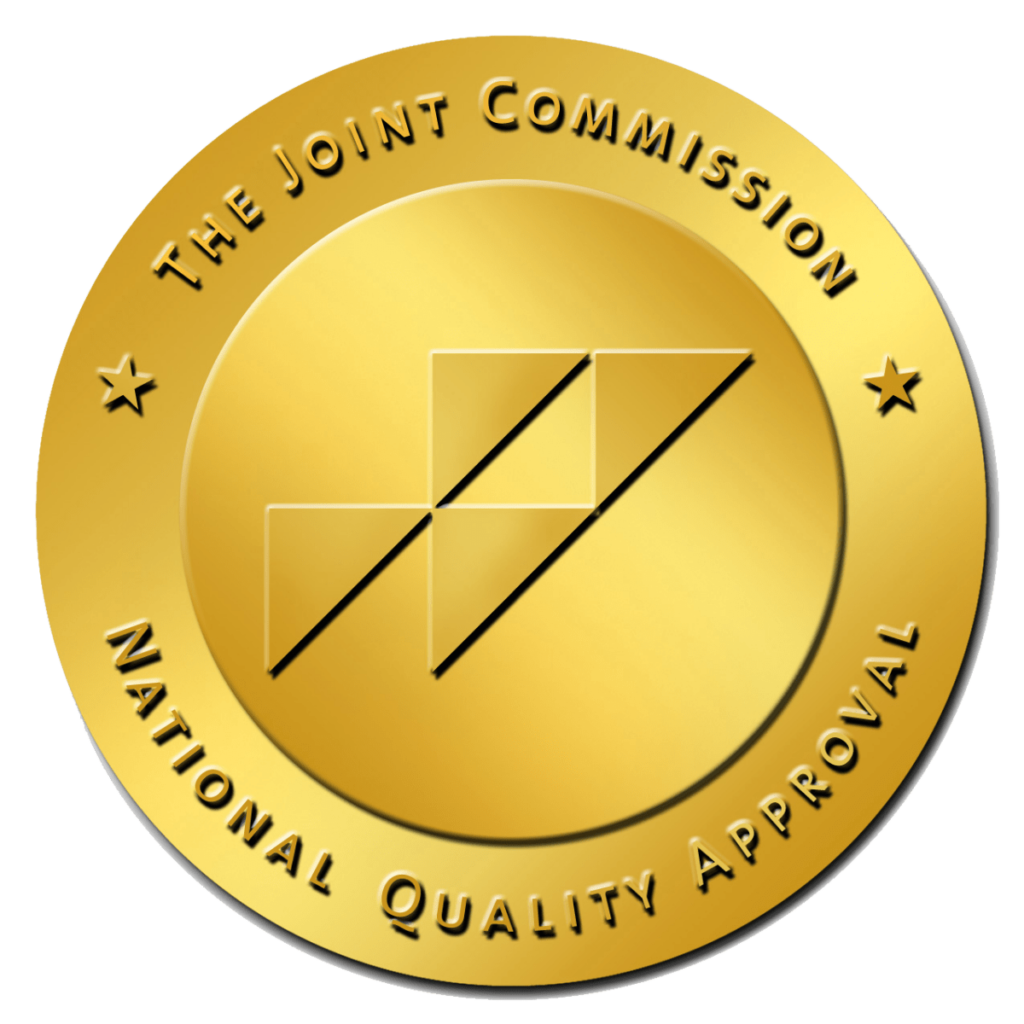Eye-Movement Desensitization and Reprocessing (EMDR) therapy was developed to help people heal from traumatic events.
Trauma & PTSD
In prior blogs, we discussed that trauma is a difficult event or series of events that overwhelms a person’s ability to cope and that what is traumatic for one person may not be traumatic for another. Post-traumatic stress disorder (PTSD) is a condition that can result from traumatic events, but not all people who experience trauma will necessarily develop PTSD. EMDR works with people who struggle to deal with the after-effects of trauma, whether they have been diagnosed with PTSD or not.
EMDR Basics
According to the American Psychological Association (APA), EMDR:
- was developed in 1987.
- is an individual therapy.
- is typically scheduled one or two times per week.
- typically requires 6-12 sessions.
- is meant to change the way that a traumatic memory is stored in the brain.
How Eye-Movement Desensitization & Reprocessing Therapy Works
EMDR is based upon the Adaptive Information Processing (AIP) model, which posits that trauma responses result from past disturbing experiences that were not adequately processed. The memories, which contain the emotions, thoughts, beliefs, and physical sensations that occurred at the time of the event, continue to disturb the person who experienced them until the memory is processed. When these unprocessed memories are triggered, the disturbing elements are re-experienced and activate distressing symptoms.
EMDR therapy is believed to initiate a rapid learning process through the use of eye movements and other forms of rhythmic stimulation, such as tones or taps. A client focuses on a specific traumatic memory while the stimulation occurs, and this helps the brain to finish processing the memory in a way that eventually eases the distress associated with that memory.
The EMDR Process
According to The EMDR Institute, which was founded by the same doctor who originally created EMDR, the treatment occurs in 8 phases:
- Phase One – One or more history-taking sessions occur. The therapist ensures the client is ready and develops a treatment plan. The therapist and client identify past and current causes of trauma and distress. The goal is for the client to develop specific skills and behaviors that will be useful to them in the future.
EMDR often starts with processing childhood events before moving on to adult stressors or difficult events. The number of traumas and age of onset of behaviors related to the traumas impacts the duration of treatment. - Phase 2 – The therapist verifies that the client has numerous ways of handling emotional distress. The therapist may teach the person imagery and stress reduction techniques they can use to cope with the difficult emotions they will face in addressing the traumas. This helps ensure that the client does not become overly distressed during or between sessions.
- Phases 3-6 – In these phases, the therapist and client begin to work on specific “targets” they will address. This requires the client to identify a vivid visual image they associate with the memory, a negative belief they hold about themselves, and emotions and body sensations they connect to this event. The therapist will then assist the client by use of the stimulation mentioned above and will help the client to work through feelings, thoughts, and sensations they have connected to the memory. When the client reports they no longer feel distress regarding the targeted memory, they are asked to think of a positive belief to replace the negative belief that was connected to the trauma. The client will focus on this belief during the next set of distressing events.
- Phase 7 – This is a closure phase. The client will keep a log between sessions. The log should document anything that may arise that is related to the target issue.
- Phase 8 – This phase examines the progress that has been accomplished so far.
Whom Can EMDR Treat?
EMDR can be used on children and adults. The Department of Veteran Affairs supports its use with active duty and retired military members who struggle with PTSD.
How Can Loved Ones Help?
If you have a friend or family member who is undergoing EMDR treatment, the Department of Veteran Affairs suggests that you can do the following to support them:
Understand that your loved one is still processing new information between sessions. They may need to rest after an EMDR session but can generally go on with daily life as usual.
Be willing to listen and also willing to allow them to not talk about the work they are doing in sessions, if that is their preference.
Remind yourself that your friend or family member may experience discomfort when focusing on trauma. Your loved one will likely feel better as EMDR continues and experience the difficult feelings only briefly.










